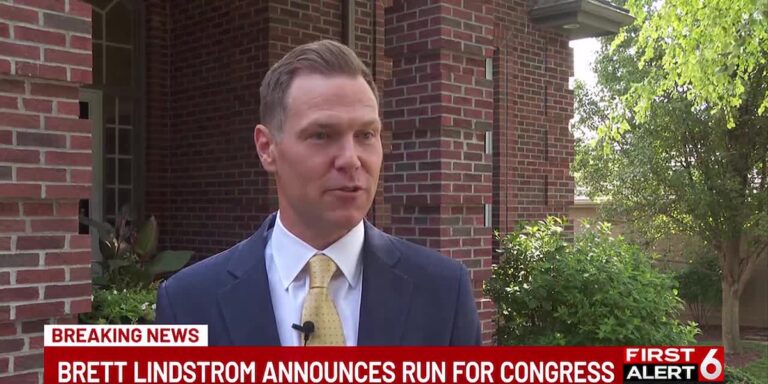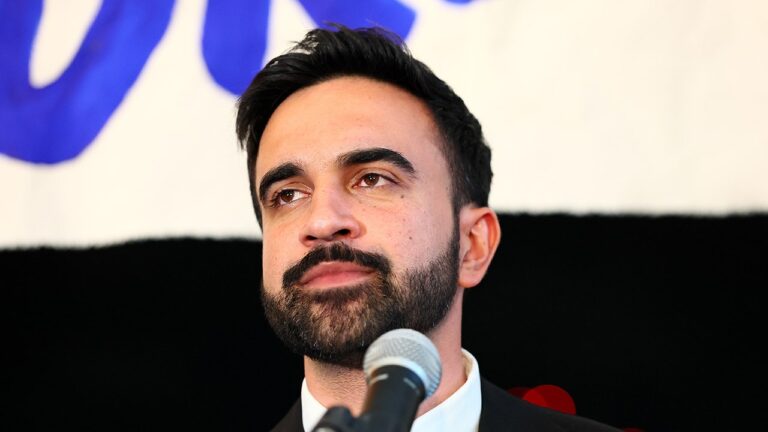By Andy Lazris and Alan Roth To lower costs, doctors must stop overtreating and Washington needs to stop playing politics with our health It is better for doctors and for the healthcare system when more people are sick and rely on medical interventions. U.S. senators Bernie Sanders and Elizabeth Warren, among others, have advocated for a universal expansion of the Medicare system, which they call Medicare for All. But can the U.S. expand Medicare for everyone without addressing issues of cost and waste?
How does government transcend the political morass that pits one side against another – even though both sides seek the same outcome? The price tag of the U.S. healthcare system has escalated over the past quarter-century from $500 billion a year to $4 trillion. The costs for cardiac care – primarily expensive tests, drugs and procedures – have increased even more dramatically, even as the number of heart-related deaths remains static and chronic heart disease has exploded.
In 2024 insurance paid out $35 billion for weight-loss drugs that have not been fully studied, while it paid out virtually nothing for exercise or nutritional programs. Doctors rarely get any nutritional training and are not paid to help make their patients healthier. In fact, it is better for doctors and for the healthcare system when more people are sick and rely on medical interventions to fix what doctors claim is wrong.
A few examples illustrate where wasteful healthcare spending goes. Cancer screening has exploded and is often done without data showing who would benefit and how to treat patients. Prostate-cancer screening has been shown to save no lives but has led to many people being subjected to expensive and aggressive treatments that cause frequent harm.
Studies show that the 10-year death rate for prostate cancer is 1% whether a man is treated or not. The 15-year death rate is 3% regardless of treatment. So why are we spending tens of billions of dollars on a treatment that doesn't help anyone – other than doctors and other players in the system – and that leads to billions more in downstream costs due to the adverse effects of treatment?
Cardiac stress tests and stents find and fix a problem – blocked heart arteries – to the tune of tens of billions of dollars, but not a single study shows that these tests and procedures prevent adverse outcomes. Aggressive treatment of diabetes and high blood pressure, surgery on sore backs, and medication to address abnormal lab tests all lead to the same outcomes: no improved survival rates, but significant reactions that add cost and misery and feed the system. The U.S. trains and pays more specialists than anywhere else in the world, and we know that the higher the specialist ratio, the worse the outcomes.
Currently 70% to 80% of U.S. doctors work as specialists, with primary care receiving less than 5% of Medicare payments. Specialists are more likely to test, fix, drug, hospitalize and refer patients to other specialists. In fact, they can self-refer their patients to themselves for tests and procedures, and they get paid more the less they talk and the more they treat.
Because they tackle one organ at a time, specialists do not provide holistic care and are not interested in whether their treatment may affect other aspects of a person's health. If it does, they'll refer the patient to another specialist. In addition, the pharmaceutical industry controls virtually every tentacle of the U.S. healthcare system.
Drug companies represent the primary payer to consumer-oriented societies such as the Alzheimer's Association and the American Diabetes Association; they finance and control virtually all medical research in academia; and they advertise everywhere, even in the doctor's office. All this has led to a proliferation of often ineffective and dangerous drugs that doctors prescribe with abandon. In fact, the quality indicators by which doctors are graded, and the protocols they use – as well as the handy calculators that tell you your risk- are all derived from drug-company data.
The proliferation of polypharmacy is what many have called America's real drug epidemic. If doctors are paid less to treat everything, they'll do less of it. How does the U.S. address this flurry of needless spending and design a system that helps patients at a lower cost?
The solutions are obvious, and they should be accepted by Congress – if politicians are willing to eschew their payments from doctor groups and drug companies. They include: — Changing reimbursement to reduce payments for procedures and tests while increasing payment for robust primary care. If doctors are paid less to treat everything, they'll do less of it.
If they are paid more to talk with patients and give them choices, more students will pursue primary care, fewer wasteful interventions will be ordered, and both costs and outcomes will improve dramatically. — Drug companies must be extricated from the system. This means they don't finance and provide leaders for federal agencies; they don't pay for studies in academia; they stop advertising, and their contributions to private groups are transparent.
— Quality indicators for both doctors and clinical protocols must be vetted and presented in an accurate and patient-centric way. — More money and resources must be directed to nutritional and lifestyle programs, and all doctors must receive proper training in these areas. These measures would improve patient outcomes and satisfaction while saving enough money to finance Medicare for All.
Adopting them would require all sides to agree, to stop playing politics with our health and to say no to all gifts from the healthcare industry. But many people will lose money – and there's the rub. Still, with facts at our disposal, and with an effort from patients themselves, the U.S. can have the best healthcare system in the world – one that can be enjoyed by all Americans at a low cost.
Andy Lazris is a physician practicing primary care and geriatric medicine in Maryland. Alan Roth is a physician practicing family medicine and palliative care in New York. They are the authors of "A Return to Healing: Flexner, Osler, and How American Medicine Went Astray" (Aevo UTP 2025).
More: Medicare Advantage's 'secretive maze' of costly marketing and incentives needs an overhaul, Senate report says Plus: Stress about Social Security and the economy has seniors taking benefits early -Andy Lazris -Alan Roth This content was created by MarketWatch, which is operated by Dow Jones & Co. MarketWatch is published independently from Dow Jones Newswires and The Wall Street Journal. (END) Dow Jones Newswires 04-28-25 1534ET Copyright (c) 2025 Dow Jones & Company, Inc.

































































































